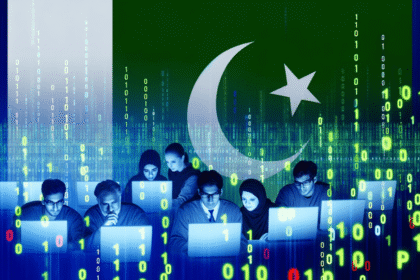ISLAMABAD: Pakistan’s economy is showing early signs of recovery, with the World Bank projecting a slight increase in growth to 2.7 per cent in the current fiscal year ending June 2025, up from 2.5 per cent last year.
In its latest Pakistan Development Update, titled Reimagining a Digital Pakistan, the World Bank noted that easing inflation, lower interest rates, and improved business sentiment are supporting private consumption and investment. These factors are expected to help stabilise the economy, although growth remains limited.
The report observed that inflation has begun to ease, financial conditions are improving, and both the current account and primary fiscal balances have returned to surplus. However, the economic rebound in the first half of the fiscal year remained sluggish. Agriculture suffered due to adverse weather and pest attacks, industrial output declined due to higher costs and taxes, and the services sector showed only marginal growth.
Najy Benhassine, World Bank Country Director for Pakistan, said the country’s challenge is to convert stabilisation gains into sustained growth that can help reduce poverty. He urged reforms in tax policy, foreign exchange management, trade tariffs, and public sector governance to attract investment and support long-term growth.
The Bank projects growth to reach 3.1 per cent in FY26 and 3.4 per cent in FY27, assuming continued macroeconomic stability and implementation of key reforms. However, tight fiscal and monetary policies, aimed at rebuilding buffers and controlling risks, could continue to weigh on growth.
Lead author Anna Twum warned that the economic outlook remains fragile, and any delays in reform or shifts in policy could derail the recovery. She cited high debt, policy uncertainty, global trade volatility, and climate risks as ongoing threats.
The report also underscores the importance of strengthening Pakistan’s digital infrastructure. It highlights unequal access to broadband, high costs, and weak regulatory coordination as major hurdles. Reforms to improve digital ID systems, expand payment platforms, and coordinate better between governments are seen as key steps to unlock digital growth.
The update was released alongside the South Asia Development Update, which forecast the region’s growth to slow to 5.8 per cent in 2025, citing fiscal pressures and global uncertainties.







